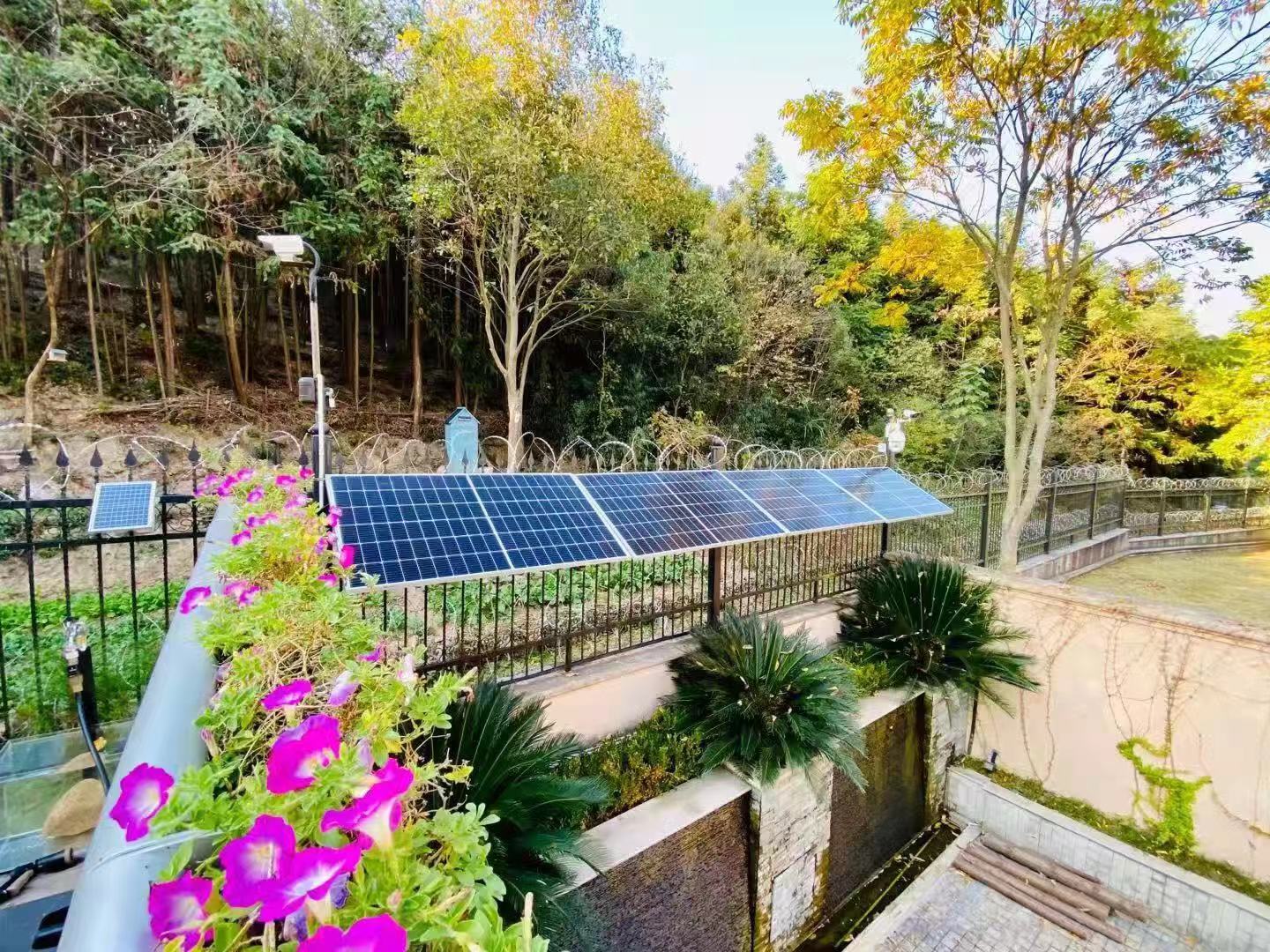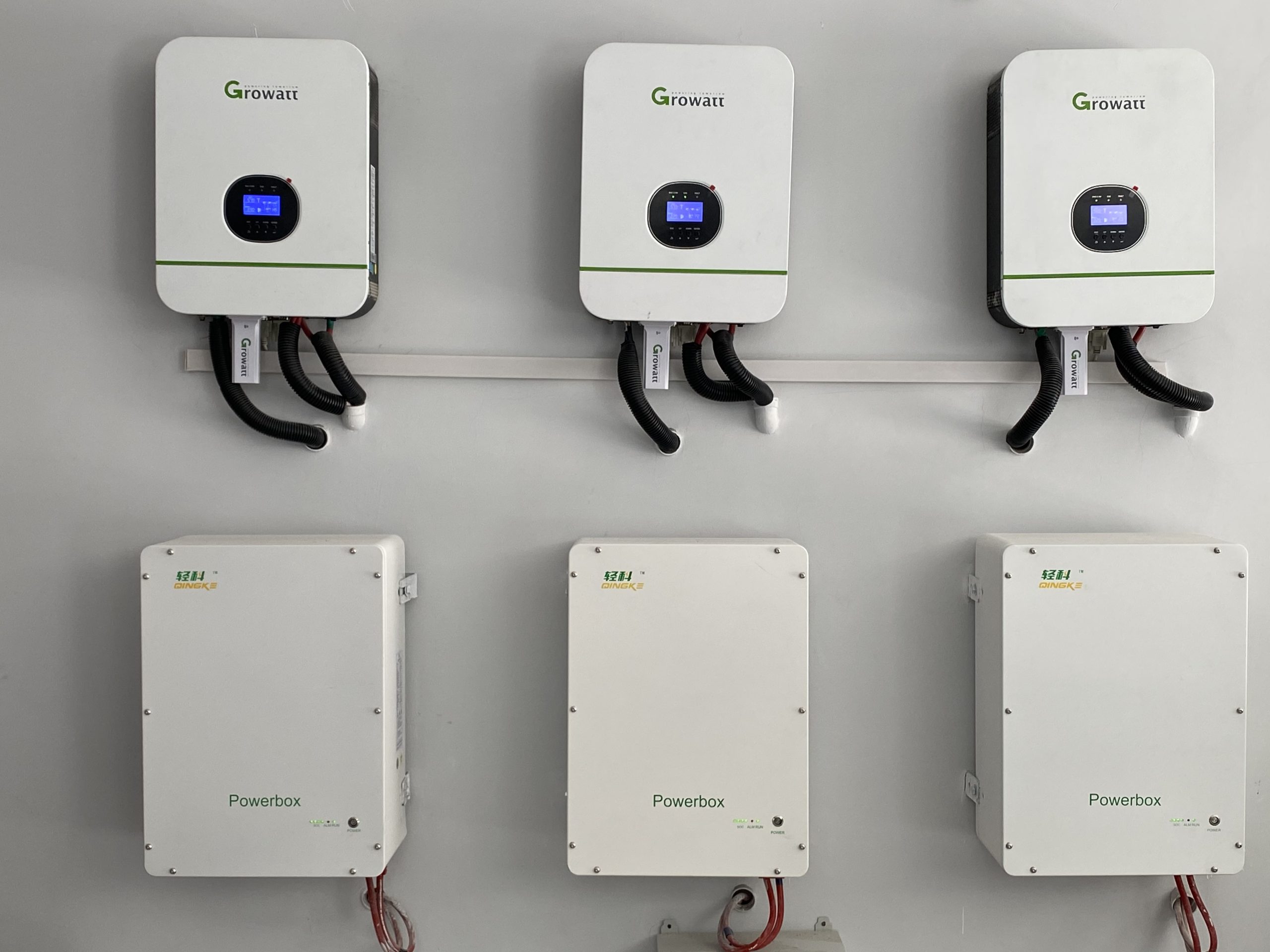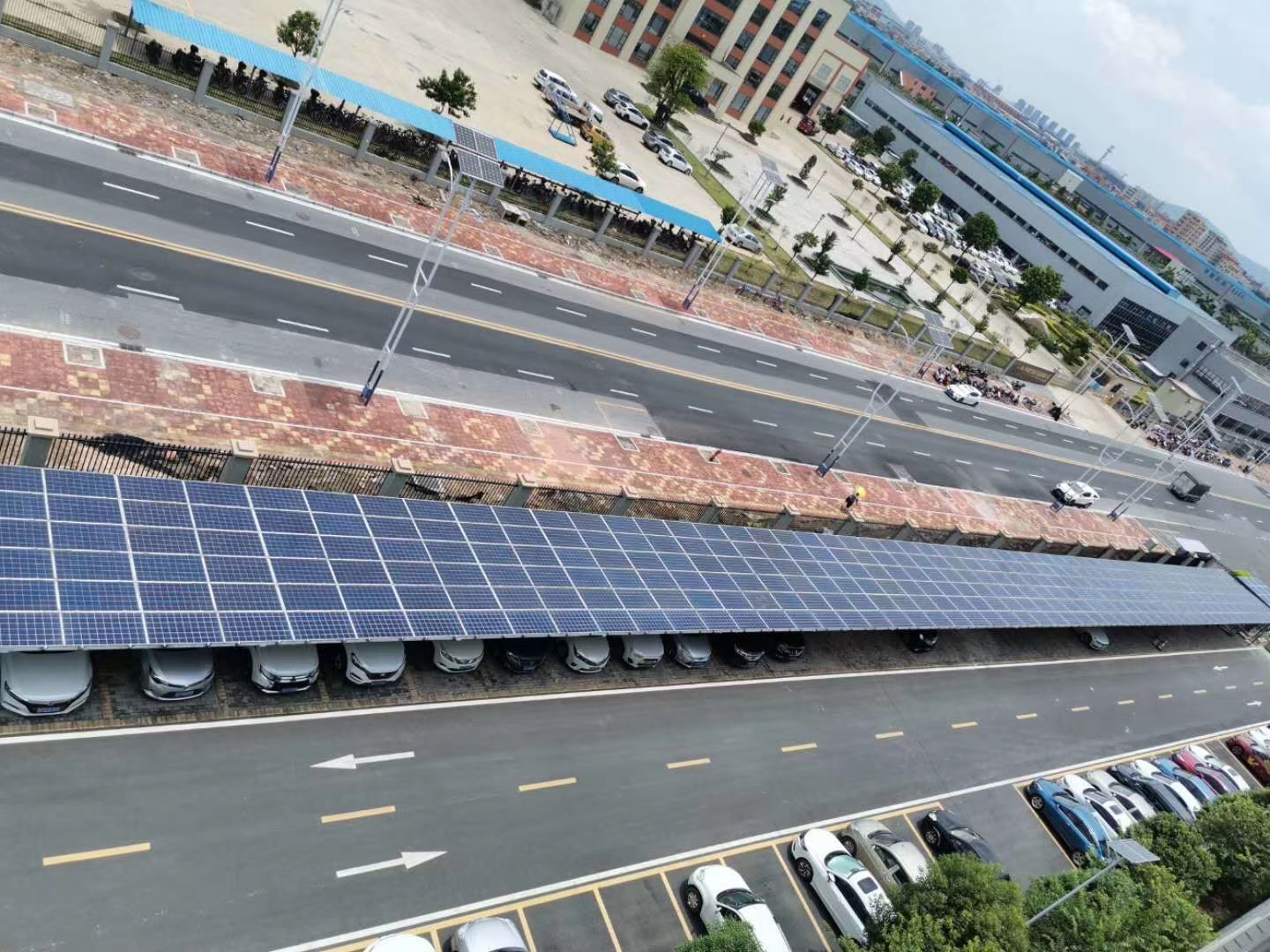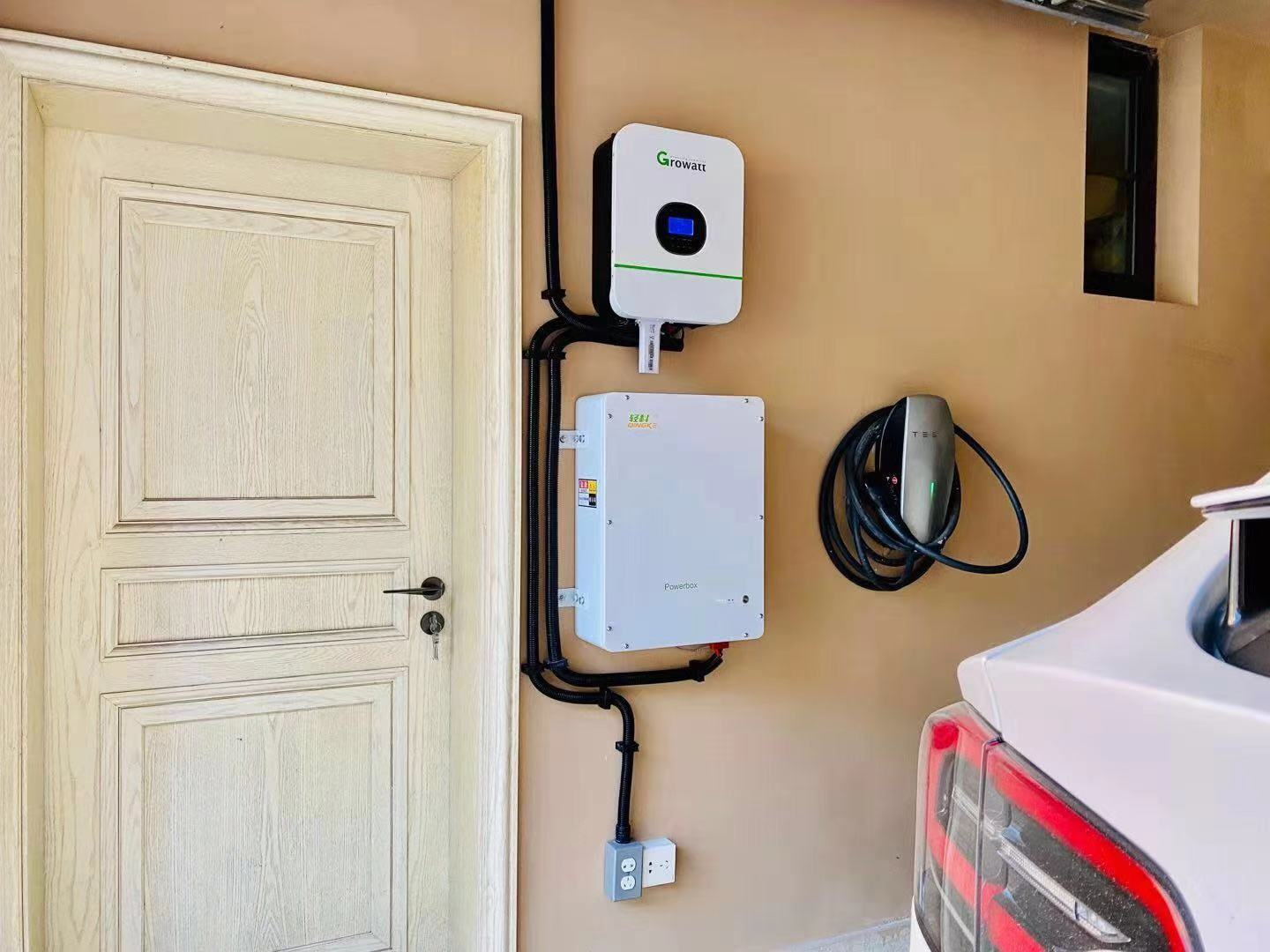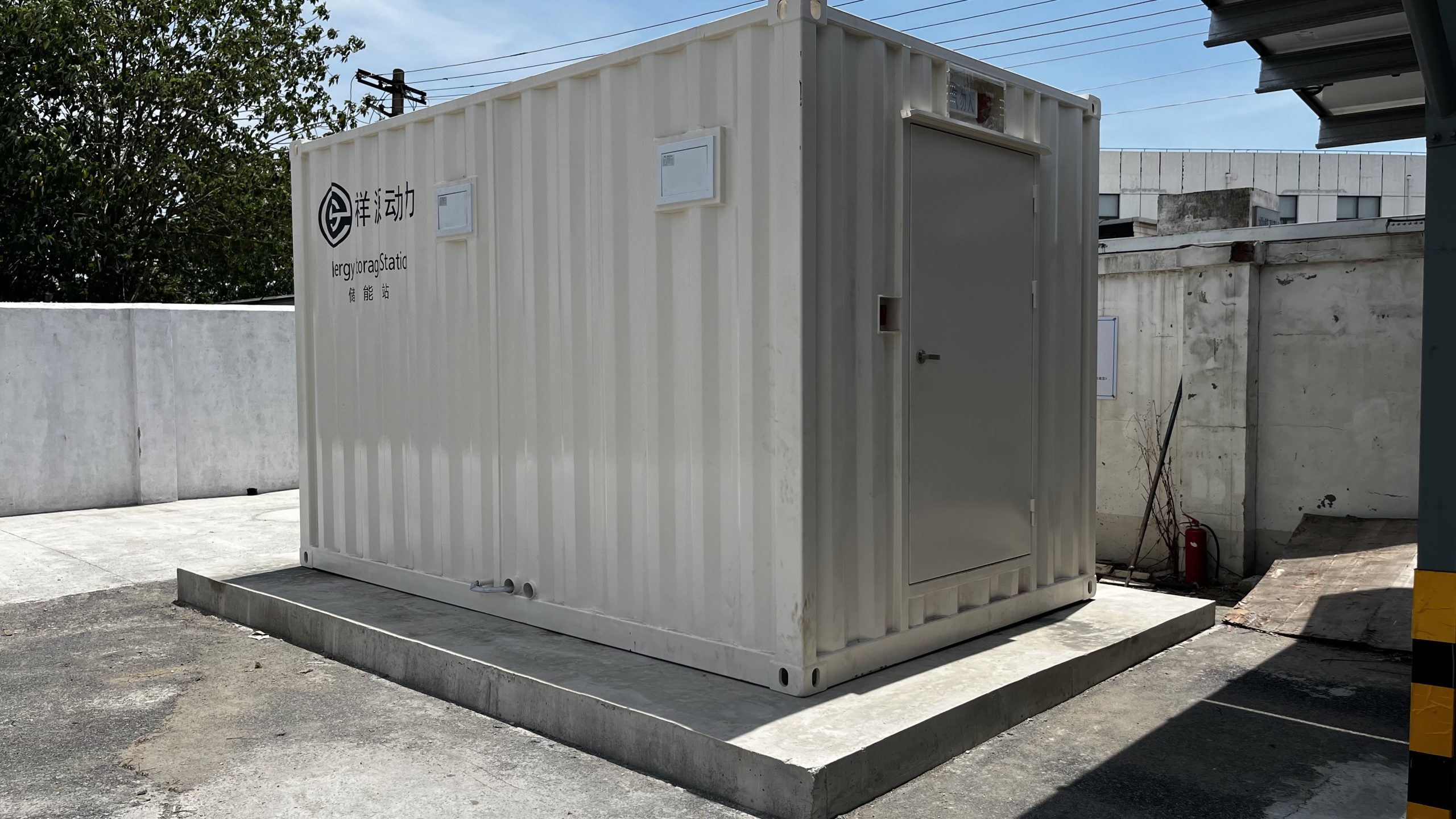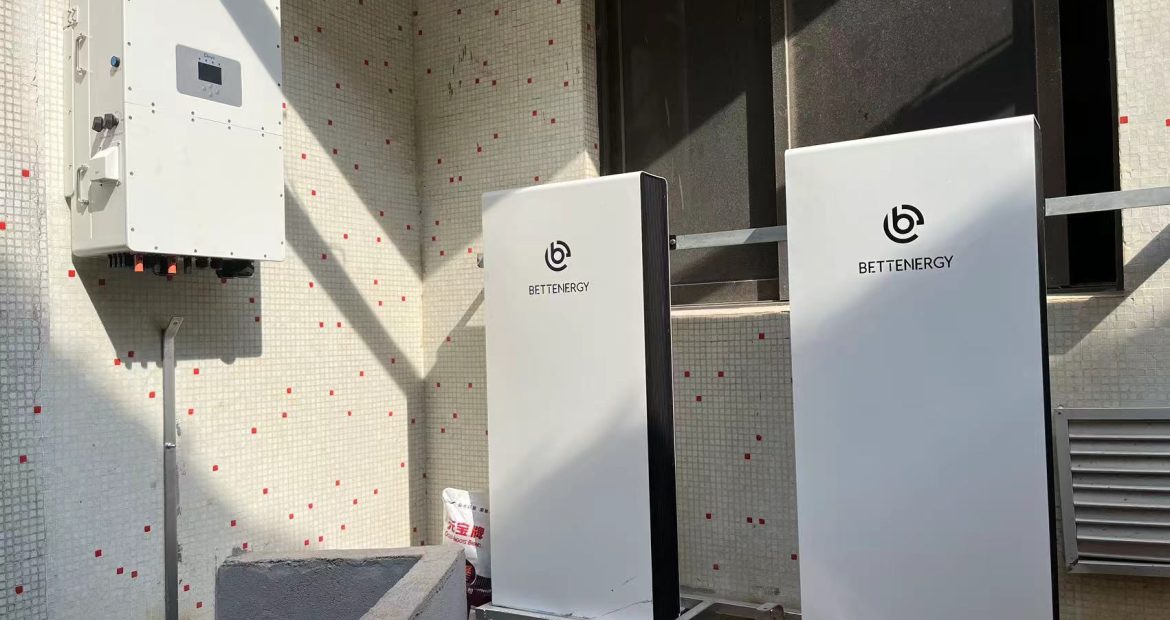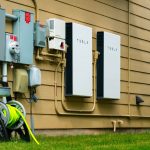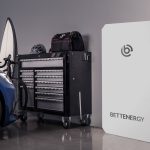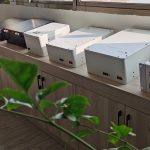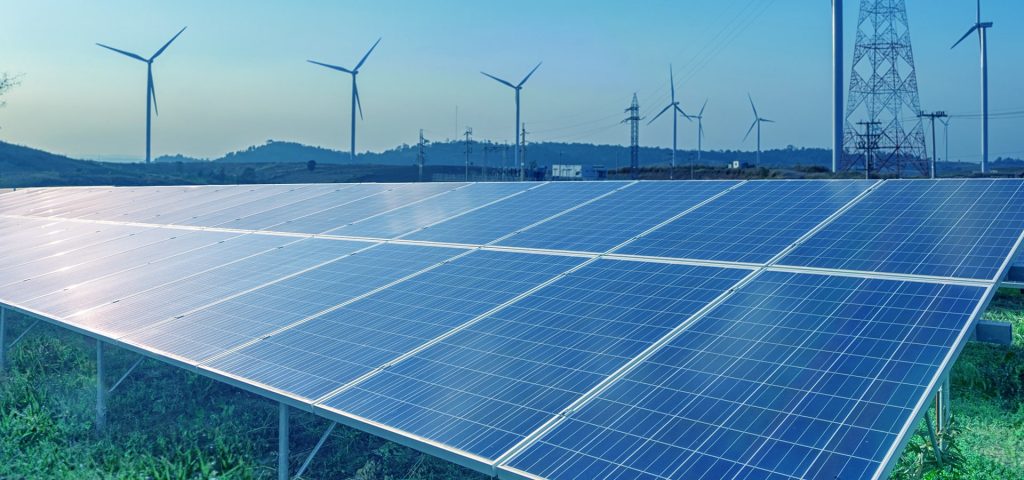
Today, the development of new energy sources has two major driving forces.
First, for human development as well as sustainability there must be energy, and it must be new, clean energy.
Second, for human development to be sustainable, there must be a clean environment.
Solar energy is inexhaustible and has natural and unparalleled advantages as a new energy source.
Renewable energy systems are mainly distributed development, a change from the current point large-scale energy supply system, which provides space for the development of new energy storage systems. Specifically, an office building, an agricultural shed, or even a home can become a point of energy production. For example, an office building, the roof is covered with solar photovoltaic modules, installed with fans, forming a landscape, and then the internal sewage collection, through the potential energy of water to form sewage power, the building can achieve power supply; a variety of processing enterprises can also use waste to form biomass power generation to achieve power supply, and so on.
Distributed solar energy and energy storage technology combined with a number of advantages. Solar and energy storage technologies each have their own advantages. Solar power can achieve zero carbon emissions with no additional costs. Energy storage technology can provide backup power, frequency regulation and other grid services. Combining the two offers further advantages, particularly in terms of continuous power supply at night, increased output during available generation hours, and increased grid flexibility. In distributed community and rooftop systems, the combination of solar and storage technologies can also reduce distribution grid stress and defer or reduce infrastructure investments. At the macro level, energy storage and solar power can increase the penetration of solar facilities without major changes, thereby reducing carbon emissions. The combination of energy storage technology and solar power can also serve as a fast track to electrification in emerging markets.
Photovoltaics and energy storage build smart microgrids, which can improve new energy penetration and consumption capacity, better meet the diverse needs of customers, achieve precise energy supply, and also reduce electricity consumption deviations and improve assessment revenue. The addition of energy storage in household power plants can reduce the dependence of users on the grid and make electricity consumption more liberal.
The working mode of PV energy storage equipment is divided into two types.
One is grid-connected home energy storage system, and one is off-grid home energy storage system.
- The grid-connected home energy storage system is divided into three working modes:
Mode 1: PV provides energy storage and grid-connected residual power;
Mode 2: PV provides energy storage and part of the customer's electricity consumption;
Mode 3: PV only provides partial energy storage.
- Off-grid home energy storage systems are divided into three working modes.
Mode 1: PV provides energy storage and user electricity (sunny day);
Mode 2: PV and energy storage battery provide electricity for customers (cloudy day);
Mode 3: Energy storage battery provides electricity for users (evening and rainy days).
Because the off-grid home energy storage system is independent and does not have any electrical connection with the grid, the whole system does not need a grid-connected inverter, and the PV inverter can meet the requirements.
In layman's terms, we may compare the energy storage power station to a reservoir, which can store the surplus water during the low period of electricity consumption and take it out again during the peak of electricity consumption, thus reducing the waste of electricity; in addition, the energy storage power station can also reduce line loss, increase the service life of lines and equipment, respond to user demand, and realize precise energy supply.


